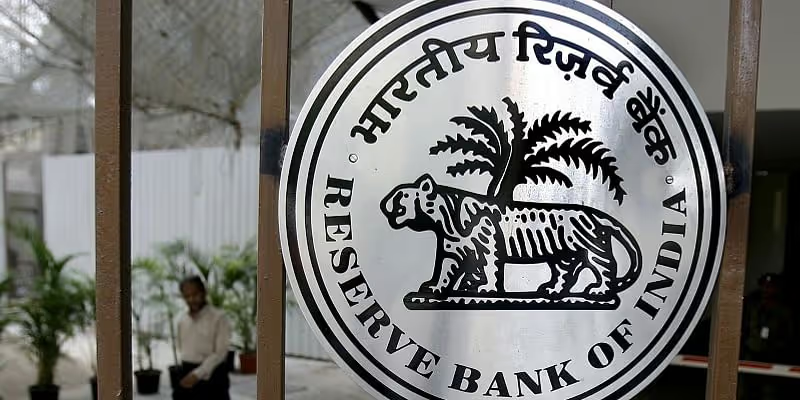A tectonic shift in the fintech world
To safeguard borrowers’ interests and improve consumer confidence in the digital lending ecosystem Reserve Bank of India (RBI) recently decreed that lending companies must clarify the scope and responsibility over the entire lending life cycle.
An official statement released by the RBI emphasized that outsourcing arrangements entered into by Regulated Entities (REs) with a Lending Service Provider (LSP)/Digital Lending App (DLA) do not reduce REs’ liabilities while laying down clear guidelines for LSP/DLA which we want.
Let us see why RBI had to issue such seemingly drastic measures to protect the interests of consumers.
India’s burgeoning fintech ecosystem has allowed countless companies to emerge and offer a plethora of credit services. However, this intensified growth also led to the emergence of malicious entities that duped unwary customers by operating under the guise of fintech cover. Unregulated digital lenders doing unethical business, excessive involvement of third parties and the growing risks to digital privacy amid the growing fintech outlook have become commonplace. Countless customers fall victim to unfair interest rates and extortionate tactics used by fintech firms.
In an effort to counter this rather disturbing impact of unchecked fintech insurgency, RBI has now issued a comprehensive set of guidelines with various implications including lending processes, disclosures, technology and data collection, while enabling crediting of digital loans directly to a customer’s bank account and not via any third party.
The Apex Banking Authority has championed innovation across the financial system, products and credit delivery methods, while catalyzing methodical growth, maintaining financial stability and ensuring protection of depositors’ and customers’ interests.
While RBI’s recent digital lending guidelines have given more responsibility from new lending companies by forcing them to concentrate on their non-banking financial companies (NBFC) units and book building, the regulator assigns relevance to regulated entities. This is a veritable paradigm shift for the digital lending industry which has mainly focused on expanding the lending distribution platform to show scale and depend on loss guarantee coverage practices like First Loss Default Guarantee (FLDG) to engage in various lending activities via risk taking with both banks and NBFCs .

(Photo credit: AFP)
The RBI guidelines give a comparative advantage to fintech lenders with an active NBFC, making it a thorough effort to shape the necessary capital structure to lend going forward. Now, to gain a significant share of the market, fintech will work to capitalize its NBFCs and cement an asset-heavy business instead of an asset-light one. Therefore, they need to accumulate capital which will result in valuations being driven by the nature of assets for digital lending players compared to charting high growth.
These latest digital lending guidelines have also put the spotlight on NBFCs and regulated entities. Apex Bank recently published the first digital lending norms that enable disbursements and repayments of loans only among borrowers and entities regulated by the banking regulator.
Any outstanding fees payable to a loan service provider will now be collected by the regulated entity from the borrower. This implies that the RBI is keen to encourage more data clarity on customer fees or related charges (previously masked by fintechs), leaving room for a better understanding of the landscape and potentially influencing subsequent regulations.
One of the common understandings emerging from the latest RBI guidelines is that FLDG falls under the definition of synthetic securitization under the current regulations and is not permitted. In case they are not affiliated with an NBFC, it will be challenging for these fintech entities to take part in the risk taking process as authorized entities are likely to opt out of such inventories.
The new guidelines will emphasize restoration of the digital NBFC ecosystem and are intended to lead to higher compliance costs for lending startups. While fintech firms are still analyzing these guidelines, some of the immediate operational scope includes lending contracts from their platform operations to their NBFCs.
Some fintech firms have confided that they are trying to build the missing links in the consent architecture to get data from customers, as well as cement clear audit trails for lucrative partnerships with technology service providers. The new digital lending guidelines will serve to alleviate concerns about unfettered third-party involvement, mis-selling, privacy violations, unfair business practices, charging exorbitant interest and unethical recovery practices.
The current set of measures points in the right direction, with the RBI ensuring protection of borrowers against rampant illegal lending practices, and allowing complete visibility into business activities and into how REs and borrowers interact. Although this now means a higher cost of compliance, in the medium to long term, it will allow fintechs to differentiate between the non-genuine actors, resulting in increased confidence among borrowers across the industry.
Fintechs must now ensure greater adaptation, by adopting the technology and systems with the regulatory entities. Transparency, trust and positive consumer sentiment will also bode well for the largely underpenetrated lending sector in the medium to long term.
(Disclaimer: The views and opinions expressed in this article are those of the author and do not necessarily reflect the views of YourStory.)